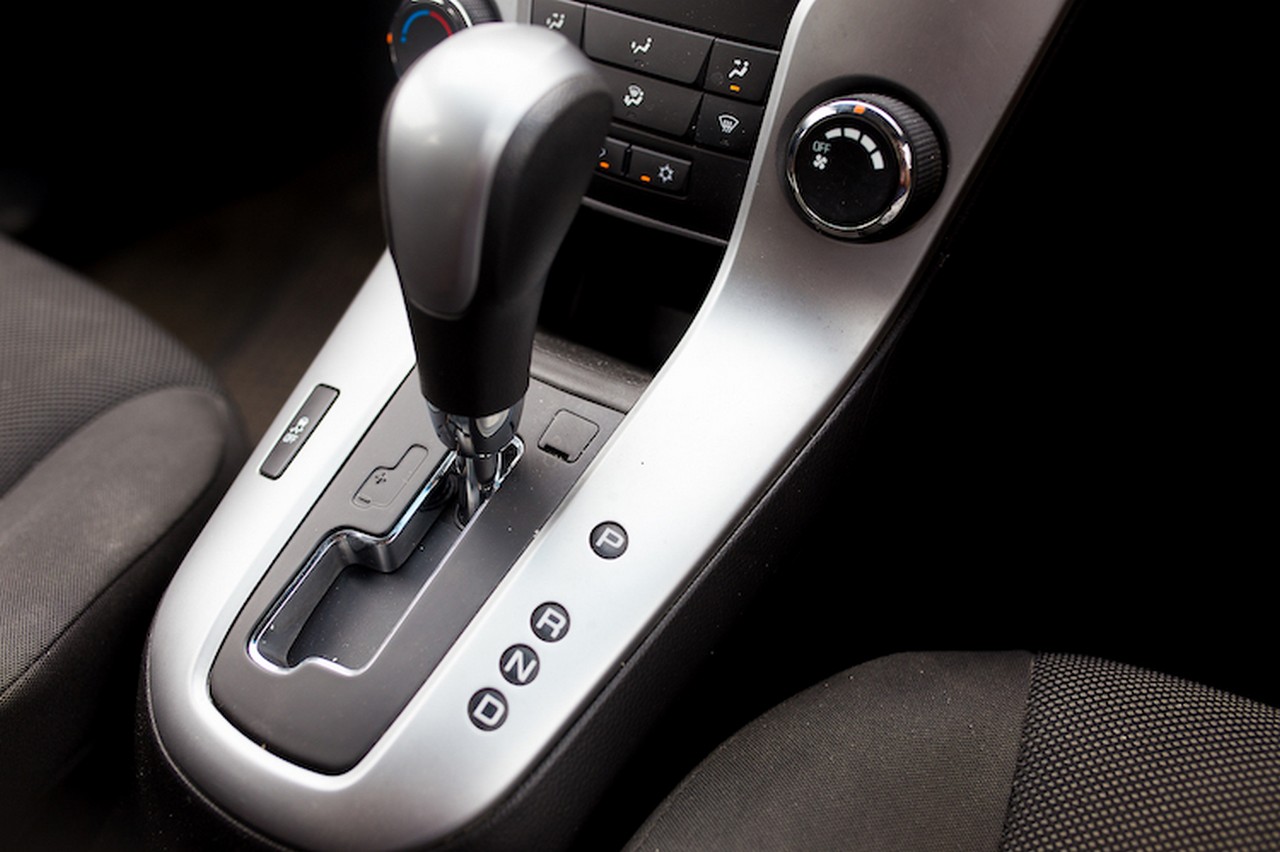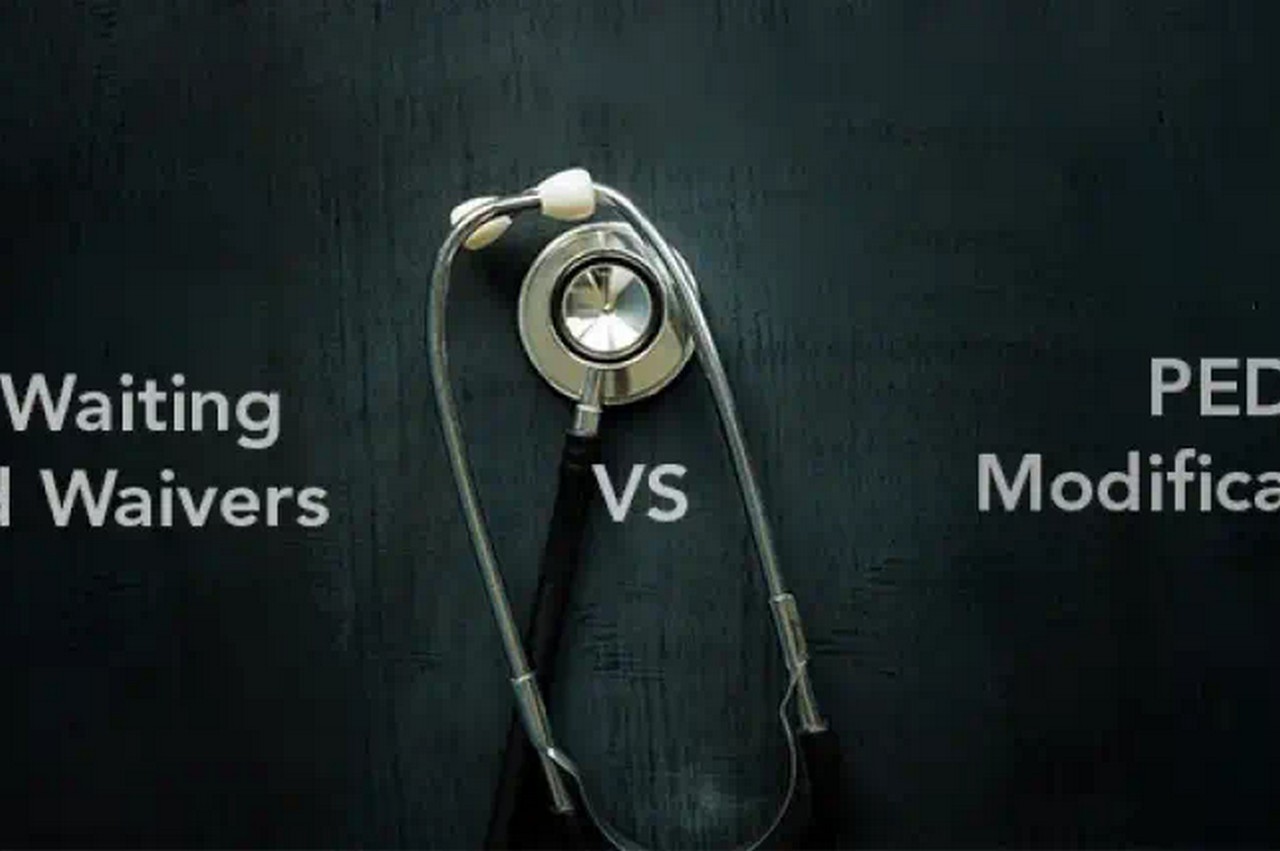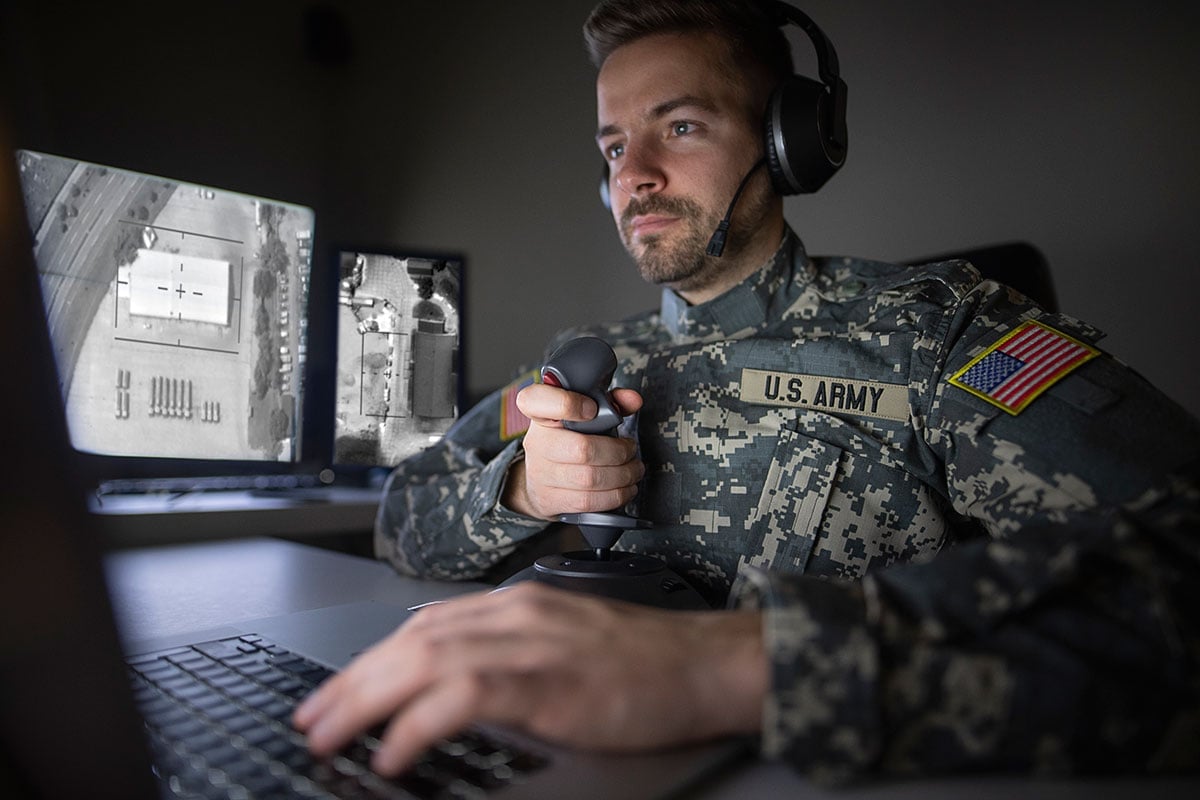If you’re thinking of beginning driving lessons, you may be asking yourself: Should I find out to drive a hands-on vehicle, or an automated vehicle?
For a concept of which kind of vehicle may be best for you, review our overview to the essential distinctions in between hands-on vehicles and automated vehicles.
In this article we’ll take a more detailed take a look at what it’s really like to drive an automated vehicle. Just how do they manage? And will they make it any kind of less complicated to pass your examination?
Understanding to Drive an Automatic Auto
In numerous methods, finding out to drive in an automated vehicle is an extremely comparable experience to finding out to drive in a hands-on vehicle. You’ll still need to take numerous driving lessons, and you’ll still need to pass both a concept examination and a dry run prior to you obtain your permit.
The only distinctions are that you will not need to find out about clutch control, equipment adjustments, and which equipment is best for which circumstance.
And due to the fact that you will not find out about these points, as soon as you obtain your permit, you’ll just be certified to drive automated vehicles. Whereas, if you obtain a hands-on permit, you’ll be certified to drive both hands-on and automated vehicles.
Tips on Driving an Automatic Auto
There’s no rejecting that driving an automated vehicle can be a whole lot less complicated than driving a hands-on vehicle– specifically if you’re totally brand-new to driving.
Below are some suggestions on driving an automated vehicle:
Know Your Pedals
A hand-operated vehicle has 3 pedals. They are, from right to left, the accelerator, the brake, and the clutch.
An automated vehicle just has 2 pedals– the brake left wing, and the accelerator on the right. This indicates you drive an automated vehicle with simply your best foot. Your left foot is typically put level on the flooring.
Never ever push both pedals at the very same time, as this might truly harm the engine.
Know Your Equipments
Automatic vehicles have equipments much like a hands-on vehicle. The distinction is that the vehicle will certainly manage a lot of equipment adjustments itself.
Automatic vehicles additionally have a gearstick however as opposed to allowing you pick the equipment, this gearstick will certainly rather allow you pick from among 4 driving settings:
- P for Park (this secures the wheels, so it’s the readying to pick when you’ll be picked up a while, such as at the end of your trip).
- R for Opposite.
- N for Neutral (for when you’ll be picked up greater than a couple of secs, such as at a traffic control, or in a traffic congestion).
- D for Drive.
Various Other Equipments
Some automated vehicles could have an added driving setting, typically made for driving at greater rates. This may be classified S, for Sporting activity. Some might additionally have actually unique settings made for sure periods and setups, such as wintertime and snow.
Specific designs could additionally have choices on the gearstick that will certainly maintain the vehicle in very first or 2nd equipment. These setups work if you’re taking a trip uphill or downhill. They’ll additionally offer you much more control in restricted settings like traffic and parking lot. Though as we’ll describe below, there’s a means to drive an automated vehicle gradually and with boosted control, also if you do not have these setups on your gearstick.
Yet for the most part, you’ll just have 4 settings to pick from.
Driving an Automatic Auto– Getting Going
Below’s the procedure for laying out in a lot of automated vehicles:
- Switch on the ignition whilst your foot is continued the brake
- Relocate the gearstick to D (for drive) if you intend to move forward, or to R (for opposite) if you intend to reverse.
- Examine that the coastline is clear, after that launch the handbrake.
- It’s after that merely a situation of utilizing the accelerator when you intend to quicken, and the brake when you intend to reduce, or quit. Your vehicle will instantly pick the very best equipment for your rate and the roadway problems.
Understanding to Creep
In a hands-on vehicle, you’ll ultimately find out about clutch control, and concerning driving really gradually in very first equipment. It’s a required ability for relocating via website traffic, and for securely browsing settings like parking lot.
As an automated vehicle has no clutch, there is no clutch control. Yet it’s still feasible to relocate your vehicle truly gradually, to offer you overall control in specific motoring problems. It’s a method called “sneaking”.
Right Here’s just how to “slip” in an automated vehicle:
- Quit your vehicle and use the handbrake.
- Place your foot down on the brake pedal.
- Change to D if you intend to slip ahead, or R if you intend to slip in reverse.
- Delicately reduce your foot from the brake pedal at the very same time as you launch the handbrake.
Do this, and your vehicle will certainly start to relocate gradually– ahead if you remain in D, and in reverse if you remain in R.
It’s a somewhat innovative method, however your driving trainer will certainly assist you to understand it ought to you take automated driving lessons.
Is It Easier to Pass an Automatic Driving Exam?
Automatic vehicle drivers take the very same examination as student vehicle drivers. The only distinction is the kind of vehicle you drive.
The inspector will certainly still offer you a pass or a fall short based upon the variety of significant and small blunders you make throughout your examination. You’ll still need to go via the “reveal me, inform me” inquiries, and you’ll still need to efficiently do driving manoeuvres.
You could say that an automated driving examination is less complicated, due to the fact that you do not need to stress over the equipments. Nevertheless, whether you’re finding out automated or hands-on, your driving trainer will not suggest you take your examination till they feel you’re definitely all set. So if you’re finding out guidebook, by the time you take your examination, you must fit with the equipments anyhow.
So inevitably, passing an automated driving examination is no less complicated or more challenging than passing a hands-on driving examination. All of it relies on you!
The Number Of Automatic Driving Instructions to Pass?
According to the DVSA, the typical student will certainly require 45 hours of driving lessons and an additional 22 hours of technique beyond their lessons prior to they await their examination.
Will automated students require less examinations? Possibly. Nevertheless, mostly all students battle with the clutch and equipments initially. It does take a while to obtain made use of to tailor adjustments and clutch control. And if you do not require to stress over these in an automated vehicle, after that maybe you’ll require less lessons generally.
Nevertheless, it will certainly still take you a while to develop your self-confidence behind the wheel. You’ll still need to find out to review roadway indicators, roadway markings, and roadway problems. And you’ll still need to find out to securely share the roadway with various other customers. So basically, do not anticipate to support the wheel and really feel all set for your examination after simply a handful of lessons. It is still mosting likely to take you a while to find out just how to drive.
Do Not Fail To Remember Insurance Coverage!
Whether you’re finding out guidebook or automated, the very best method to develop your self-confidence as a vehicle driver is via obtaining some exclusive driving technique beyond your organized lessons.
For this you’ll require a couple of points: a vehicle to exercise in, an individual to oversee you, and student vehicle insurance policy.
At Insure 2 Drive, we provide inexpensive student chauffeur insurance policy to assist newbie vehicle drivers obtain all the technique they require beyond lessons. Contact us to learn more.





